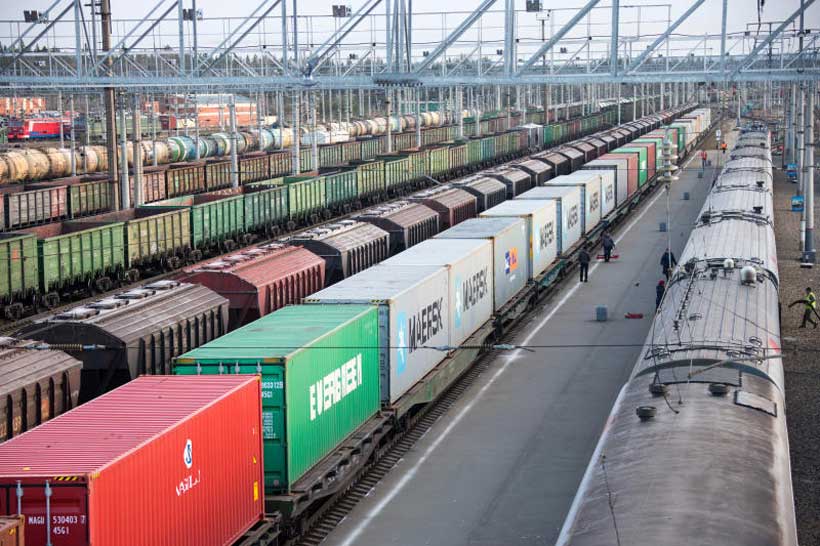Transport corridors offer enormous potential to boost South Asia’s economic growth, reduce poverty, and spur job creation, provided the new trade routes spread their benefits broadly and limit negative environmental impacts, says a new World Bank report.
The report The Web of Transport Corridors in South Asia — jointly produced with the Asian Development Bank, the United Kingdom’s Department for International Development, and the Japan International Cooperation Agency – argues that the many transport corridors proposed across Asia would cost trillions of dollars to implement, far exceeding the financing resources available.
Hence, countries need to prioritize the most promising corridors that will deliver transformative impacts on economies and people – or, in the terms of the title of the report, will offer wider economic benefits. And while engineering designs and geopolitical considerations are important factors in the decision, sound economic analysis is key to designing truly successful corridors, the report notes.
“The largest economic gains from investing in transport corridors may arise from urbanization and job creation around this new infrastructure, rather than from many more vehicles using it,” said one of the report’s authors, World Bank lead economist Martin Melecky, who added: “Corridor investments involve significant tradeoffs and are not all equally successful in creating large economic surpluses that spread fairly throughout society.”
The report reviews the international experience with economic corridors, from the Pacific Ocean Belt in Japan in the 1960s to high-speed train networks in Europe more recently. It also analyzes the impacts of the Golden Quadrilateral highway system in India and finds positive effects, including higher economic activity and better jobs for women. However, air pollution rose in parallel and gains in household consumption were not equally shared across connected districts.
Ultimately, the ability of transport corridors to spur structural transformation along the way depends on complementary factors to improve local conditions for the new infrastructure to boost job creation and to generate tax revenues that can cover the cost of the investments.
Considering the international evidence and specific analyses for South Asia, the report advocates for a holistic design of corridor programs that actively manages tradeoffs and closes financing gaps.


